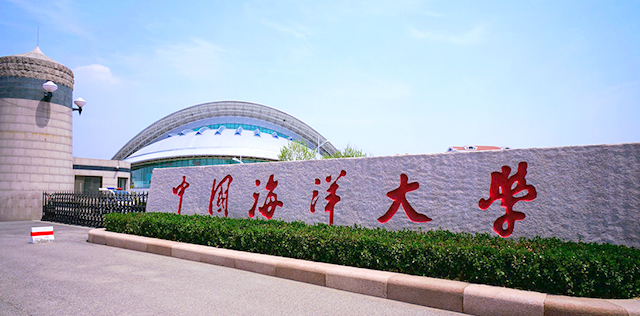



摘要:
China suffers from severe PM2.5 pollution that has resulted in a huge health burden. Such PM2.5-related health burden has long been suspected to differ between China's poverty-stricken areas (PAs) and non-poverty-stricken areas (NPAs). Yet, evidence-based examination of this long-held belief, which is critical as a barrier of environmental injustice to advancing China's sustainability, is still missing. Here our study shows that the PM2.5 pollution is more serious in China's NPAs than PAs—with their annual averages being respectively 54.83 μg/m3 and 43.63 μg/m3—causing higher premature mortality in the NPAs. Compared to economic inequality, China's total PM2.5-related premature mortality was relatively evenly distributed during 2000–2015 across regions of varying levels of gross domestic product (GDP) per capita but increased slightly in 2015–2020 owing to the dramatic change in age structure. The elderly population increased by 31 %. PM2.5-related premature deaths were more severe for populations of low socioeconomic status, and such environmental health inequalities could be amplified by population aging. Additionally, population migration from China's PAs to developed cities contributed to 638, 779, 303, 954, and 896 premature deaths in 2000, 2005, 2010, 2015, and 2020, respectively. Changes in the age structure (53 %) and PM2.5 concentration (28 %) had the greatest impact on premature deaths, followed by changes in population (12 %) and baseline mortality (8 %). The contribution rate of changes in the age structure and PM2.5 concentration was higher in PAs than in NPAs. Our findings provide insight into PM2.5-related premature death and environmental inequality, and may inform more equitable clean air policies to achieve China's sustainable development goals.
关键词:
原文载于:https://www.sciencedirect.com/science/article/pii/S0048969722076197